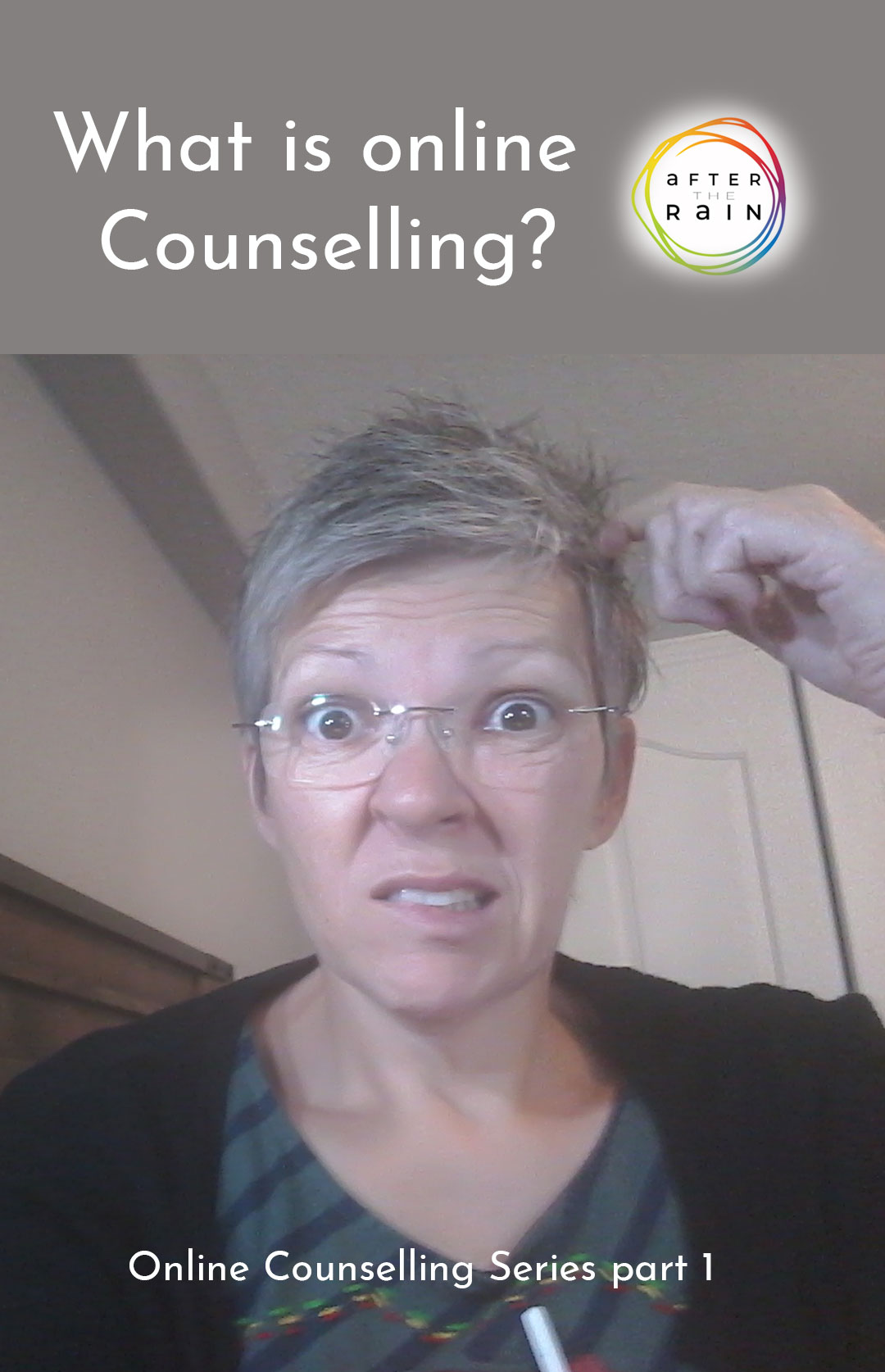I provide online counselling and art therapy, but some of you might be lost at even those few words. What even is online counselling?
Firstly, what is counselling?
I use the word counselling, because that is the term we use in New Zealand. But other places might use the words therapy, psychotherapy or mental health counselling. Basically it means talking to a trained professional about your life, your troubles, the things that are bothering you or getting in your way. The aim is to find healing, or new ways of interacting, or to figure out a way to make your life better. It can involve setting goals, learning techniques or strategies to change your patterns of behaviour or thought, and often working through experiences in your past, with a goal of healing or processing them in a different way.
Many approaches come under the umbrella of online counselling
There are many different approaches that you might have heard of. CBT or cognitive Behavioural Therapy, Narrative therapy, Person centred therapy, Humanistic approaches, ACT or Acceptance Commitment Therapy, Solution focussed therapy, Brief Therapy, Eclectic or Integrative counselling and so many more, it would be hard to name them all. New ones are being developed all the time. Art therapy can also be included in this list, although an argument could be had about this, because Art therapy and other approaches that may not involve talking might come under a whole different category than all these others that are often collectively called ‘talk therapies’.
Online counselling is providing any of those approaches using the internet as the ‘place’ where you meet. The counsellor and you, the client, will use an online tool such as Skype, Zoom, Google Meet or other secure platform, that you both access through the internet. You can use a laptop, or any internet capable device (for example your mobile phone, ipad or tablet). It usually includes video so we can see and hear each other, but can, at times, also include voice only communication (like talking on the phone) and text only communication (like email or asynchronous messaging like text or direct messaging)
Online counselling also has other names
Online counselling is sometimes called online therapy, teletherapy, telehealth, e-counselling or even i-therapy.
Different countries have rules about safety and security for online counselling, just as they do for in-person, face to face counselling, because mental health counselling often involves people in very vulnerable times of their lives and governments tend to watch out for and do their best to protect these people. Since online counselling is still relatively new, the rules around it are constantly changing.
At present, I am able to provide online counselling throughout New Zealand, Australia, many countries in the Pacific and Asia, as well as other countries of the world – the the noted exception of The United States, England and Germany. Obviously I can only work with people who speak english. If you or a friend you want to refer to me, is in another country, please don’t hesitate to make contact, we can do some research and make sure we are not breaking any rules in your country, before we move ahead.
How does it work and happen?
So how does online counselling work – how do we do it? Once we have figured out that we are legally allowed to go ahead and start meeting, and we both agree that we want to do that, you can book a time that suits you on my website. One of the cool things of modern tech is that my calendar is integrated, and the website translates my available times into your time zone. You can go ahead and choose any time that the booking system offers you.
When the time comes you will login using the link that I send to you in your booking confirmation. You may need to load an app onto your phone, depending on the platform we agree to use. Then we will talk! Just like we would if we were meeting in person. For me as an art therapist, that time might include making or talking about your art or other creative expression. The session might include coming up with some homework for you to work on between sessions.
Just like in person, the sessions are likely to be around an hour long (my sessions are 60mins) and usually begin with once a week, but may move to longer periods such as every 2 weeks, or monthly as you make progress.
Do you have any questions that I haven’t answered? Please comment, or email me, I am more than happy to answer!

